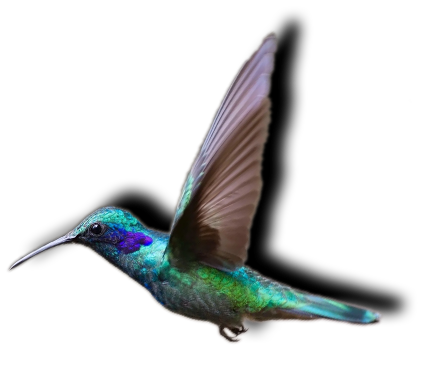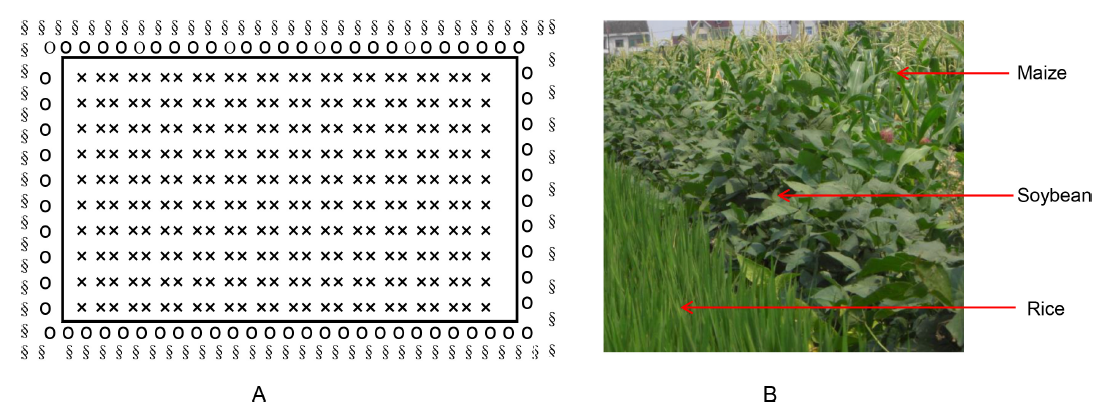

[论文动态] 李博教授课题组在稻田景观多样性控害研究中取得重要进展
发布时间:2018-05-30
当前,全球正大力推动以生态集约化(ecological intensification)发展现代农业,以期提高作物产量和品质。农田景观多样化是实施生态集约化的重要环保措施。然而,生物多样性对城市生态系统中生态集约化的潜在影响一直未见报道。
近日,国际权威刊物eLife(5年影响因子8.385,一区)在线发表了复旦大学生态学科李博教授课题组的合作研究“Increasing plant diversity with border crops reduces insecticide use and increases crop yield in urban agriculture”的研究论文。
论文分析了上海郊区34个病虫害监测点在15年间(2001至2015年)的监测数据,发现人为设计稻田作物的多样性景观(如在稻田外围种植大豆、玉米、茄子和青菜等),可以增加捕食性天敌的数量和控害效能,降低害虫数量,进而减少杀虫剂用量,增加了作物产量和经济效益。此外,4年的小尺度同质园试验验证了长期监测结论。该文提出了在城市生态系统中,农田景观的植物多样性种植对生态集约化和相关生态系统服务的可持续利用有重要作用。

Twenty-eight mono-rice(red dots) and six plant-diversified community farms(green dots) monitored in Shanghai, China.

The layout of plant-diversified fields in which a border crop (soybean) was interplanted around the rice fields and a neighboring crop (maize) was interplanted around the soybeans.
(A) Drawing plot diagram for plant-diversified fields;
(B) the photograph for plant-diversified fields.
‘x’, ‘o’ and ‘§’ denoted rice, soybean and maize, respectively. The layout of each control rice field was similar, but without soybeans or maize.
该文第一作者为万年峰博士,通讯作者为复旦大学李博教授和上海市农业科学院蒋杰贤研究员。合作单位包括上海市农业技术推广服务中心、上海市崇明区农业技术推广服务中心、上海气候中心、浙江大学和哥本哈根大学。
国际著名生态学家、eLife评审编辑Bernhard Schmid教授对该文给予了高度评价。




